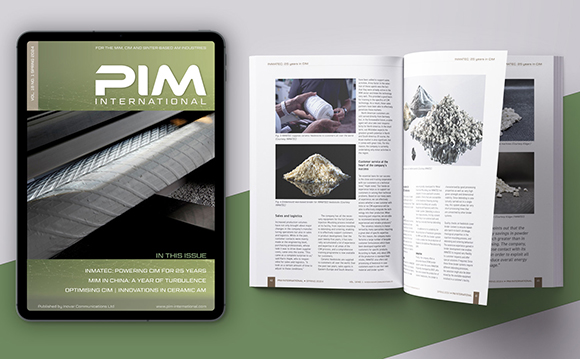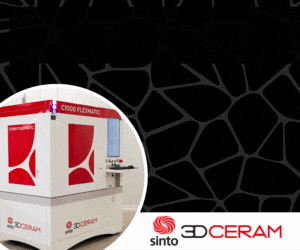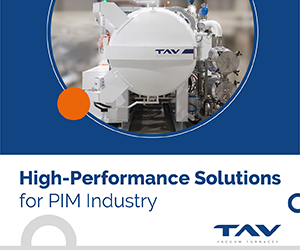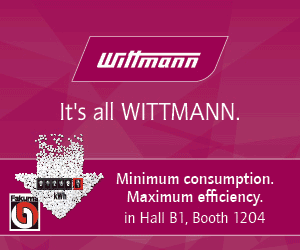New Metal Injection Molding (MIM) pilot plant to be established in Spain
April 11, 2011
Work on a new MIM pilot plant has started at the University of Castilla La Mancha’s Energy Research Institute and Industrial Applications (INEI), in Central Spain. It is hoped that the plant, which is under the directorship of Dr Gemma Herranz and Dr Gloria Rodriguez, will contribute to the growth of MIM technology both in Spain and further afield.
The plant will consist of a laboratory with the capability to cover the complete MIM process. This includes equipment for the manufacture, design and assessment of MIM feedstock, an injection moulding machine to prepare parts for complete mechanical and magnetic analysis, a thermal debinding furnace, and a tubular sintering furnace able to work under different atmospheres and high vacuum conditions. The purchase of an additional high temperature furnace to cover studies related to ceramics is also scheduled.
“We are in the process of purchasing equipment and preparing students to collaborate in the implementation. Although we intend to work with some equipment this summer, the new pilot plant will be fully operational from January 2012,” Dr Herranz told PIM International.
“This new facility will be a test centre for initiatives that have industrial potential. We therefore plan to cover a range of fields according to the needs of the companies with which we will work, as well as covering the essential scientific and technological needs that will allow an expansion of the use of MIM. Our ambition is to help transfer knowledge about MIM technology to domestic and European markets,” stated Herranz.
“We would like to increase the awareness of MIM technology within Spanish industry. As you can imagine we are only at the very start of the journey compared with other countries. We cannot yet compare our situation with Europe’s most advanced MIM centres in Germany, Austria or France, for example, but now at least we will have the facilities to start to contribute,” stated Herranz. In addition to cooperative research, the plant will be used by students studying and researching for masters degrees and doctoral theses.
The laboratory’s facilities will be supplemented by the mechanical characterisation equipment of the University’s Metallic Materials Research Group, which includes durometers, tensile testing equipment, tribometry equipment, and microstructural characterisation facilities including optical microscopy with image analysis, SEM and XRD.
The plant is funded by the University of Castilla La Mancha, with the support of the European Union. The management team states that it has the support of six research groups within the University, ten major Spanish businesses and two important pan-European companies, as well as numerous high profile industry professionals and related associations.
“It is also our intention that the plant is open to exchanges by researchers from other research institutes interested in collaborating with our group. We will look for all possible opportunities to support the needs of national, European or international projects,” stated Herranz.

















